When Gen Z keeps the show
According to many documents, Tuong singing appeared around the end of the 12th century. When talking about Tuong singing, we must mention the names Dao Duy Tu and Dao Tan. Dao Duy Tu (1572 - 1634) was the first person to popularize and develop the art of Tuong singing in Dang Trong. With the encouragement of the Nguyen Lord's government, Tuong developed to a perfect level of performance art and deeply influenced people's lives. The Central region is considered the "land of Tuong" for that reason. Dao Tan (1845 - 1907) was the one who made Tuong singing an academic art when he focused on developing it in the direction of scholarly literature, reserved only for royal intellectuals. He is considered the person who brought Tuong singing to the peak of art as well as literature.
 |
The art of Tuong, brought into a new space with a modern combination, has impressed the young audience. (Photo: ENTROPY) |
In the treasure trove of Vietnamese Tuong plays from the past to the present, it is estimated that there are about 500 Tuong plays, but the texts are mostly lost. Facing the stormy flow of modern art with the introduction of many new forms of entertainment, traditional art forms such as Tuong are in crisis and precarious. To preserve the heritage of many centuries of our ancestors facing the risk of fading and being lost, young people of Gen Z have devoted themselves and made efforts to organize many activities to introduce and bring traditional art forms closer to the public.
Through new and creative forms of expression, the project "Tuong speaks my language" by a group of students from the Diplomatic Academy, combined with the professional sponsorship of the Vietnam Tuong Theater, has created more attractive, easily accessible and closer content in conveying the values of Tuong art to young audiences, especially the Gen Z generation.
Talking about the highlights of “Tuong noi tieng Toi”, Huyen Trang said that by applying storytelling techniques as a communication tool to evoke emotions, the project hopes to create a personal connection between viewers and traditional artistic content. In particular, the choice of modern, familiar media language, while also having Gen Z nuances, is considered a key factor in narrowing the gap between the classical, academic art of Tuong and the digital content consumption culture of young people. The group spent a lot of time finding ways to tell Tuong stories using social media language, creating short clips that still maintain depth.
In just a short time of developing content on TikTok and Facebook platforms, the channel "Tuong noi tieng Toi" has received much attention and appreciation for its efforts to convey the art of Tuong in a modern, close way... from the public.
Besides “Tuong noi tieng toi”, a series of short clips summarizing the content, introducing characters and costumes of Tuong through a humorous lens on channels such as “Heritage Journey” or “Old and New Tuong” have attracted thousands of views.
Previously, the exhibition with the theme "Folklore in Gen Z" took place in the summer of 2024, at the Experience Area, the National Special Monument of Van Mieu - Quoc Tu Giam ( Hanoi ) organized by TiredCity. Meanwhile, the Ho Chi Minh City Hat Boi Art Theater coordinated with the Hieu Van Ngu group to carry out a series of chapters to learn about the art of hat boi (tuong).
Many projects of young people to help spread the value as well as preserve Tuong have also been born such as: "Painting about Hat Boi (Tuong)" initiated by two young artists Huynh Kim Nguyen and Phung Nguyen Quang, "Vang vong trong chau" by Echoing Drum, short film about Tuong "Tram nam mot gioi", exhibition "Traveling theater troupe in many directions", works of the educational platform "Vang vong trong chau" and products "Boi ky"... by students of the Faculty of Multimedia Communication Management ofFPT University, Ho Chi Minh City, "Hat Boi 101" by Hieu Van Ngu group, "Digital Museum of Traditional Arts" by a group of young people from Truong Ca Kich Vien...
Objective and subjective difficulties
However, many people are concerned that combining with modern music genres such as techno or hip hop risks overwhelming the subtle nature of tuong, from the singing style, acting style to the depth of the story, causing young audiences to only pay attention to the entertainment aspect and ignore the core values. Culturalists hope that the creation of electronic music associated with tuong is only seen as a "bridge" connecting, so that you know tuong and find the original values with your projects. Culturalists advise young Gen Z people to be creative, to put on tuong a new coat with a breath of the times, youthful but need to preserve the soul of the traditional theatrical art heritage containing many cultural beauties and quintessence of the Vietnamese people.
Another difficulty is that, in reality, most of the projects are carried out by students or young people. Due to limited funding, the projects only last for a few months and then “break down”. More than anyone else, young people want the cooperation of society to act as a bridge to bring Tuong closer to the public, to spread wider and deeper so that the beauty of the national artistic heritage will last forever.
Source: https://baophapluat.vn/nguoi-tre-gin-giu-lan-toa-nghe-thuat-tuong-post552106.html








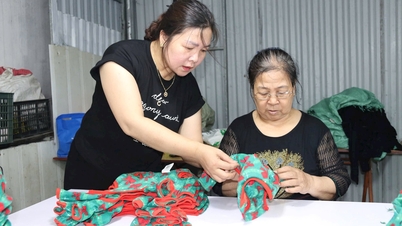

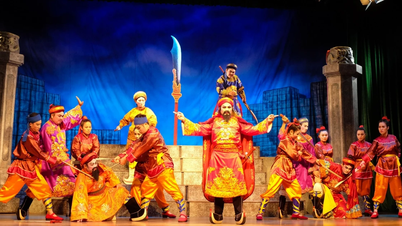



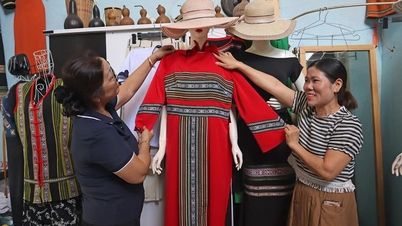







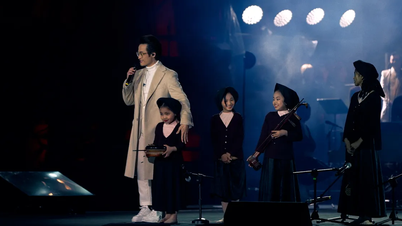

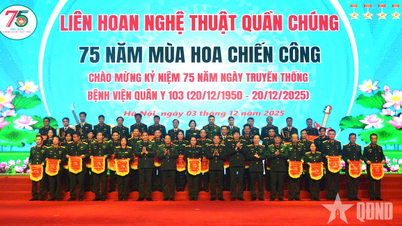

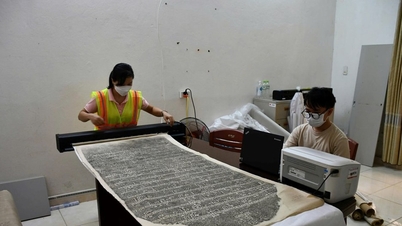

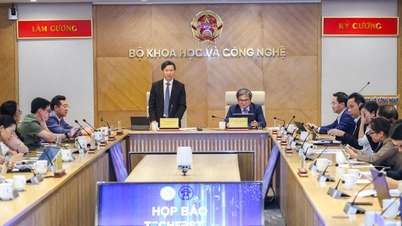
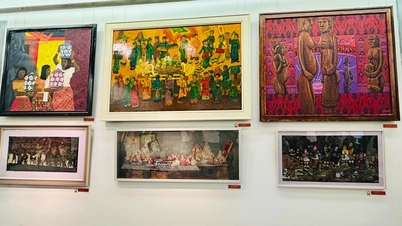




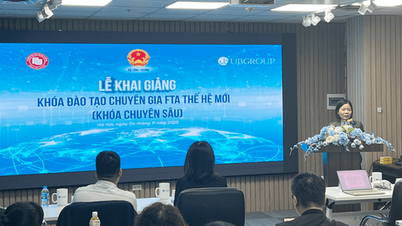


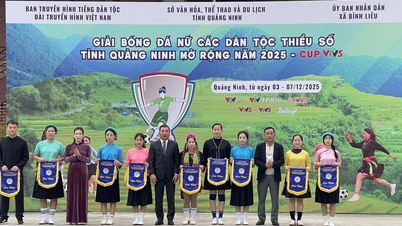
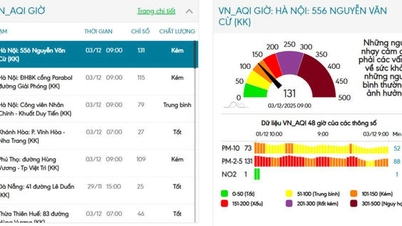
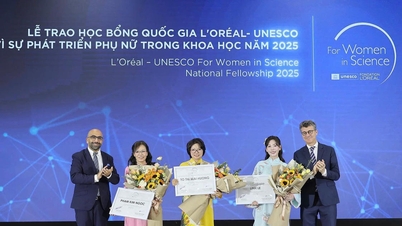
![[Photo] Worshiping the Tuyet Son statue - a nearly 400-year-old treasure at Keo Pagoda](/_next/image?url=https%3A%2F%2Fvphoto.vietnam.vn%2Fthumb%2F1200x675%2Fvietnam%2Fresource%2FIMAGE%2F2025%2F12%2F02%2F1764679323086_ndo_br_tempimageomw0hi-4884-jpg.webp&w=3840&q=75)
![[Photo] Parade to celebrate the 50th anniversary of Laos' National Day](/_next/image?url=https%3A%2F%2Fvphoto.vietnam.vn%2Fthumb%2F1200x675%2Fvietnam%2Fresource%2FIMAGE%2F2025%2F12%2F02%2F1764691918289_ndo_br_0-jpg.webp&w=3840&q=75)
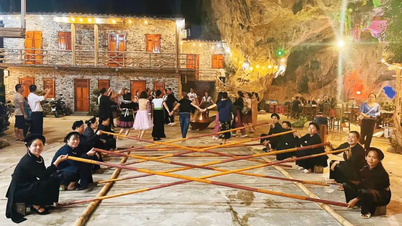



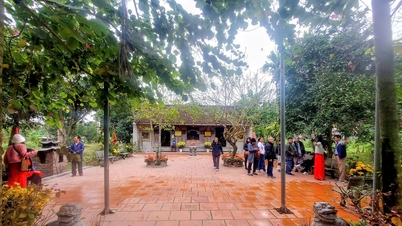




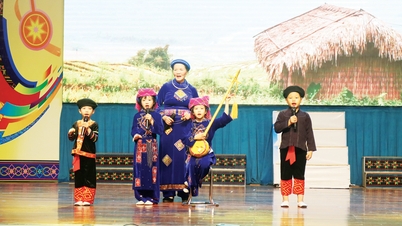
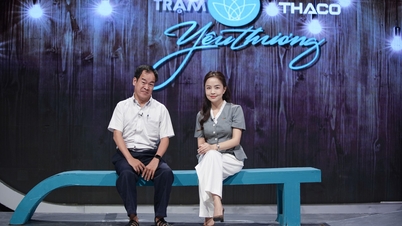


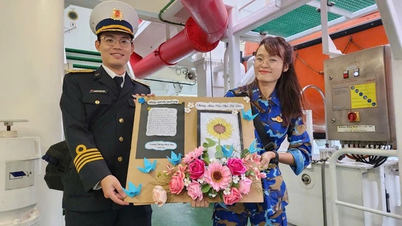




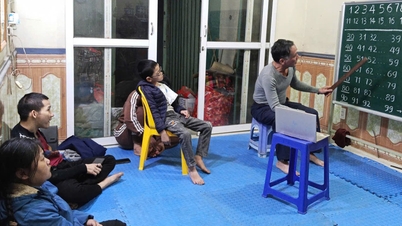
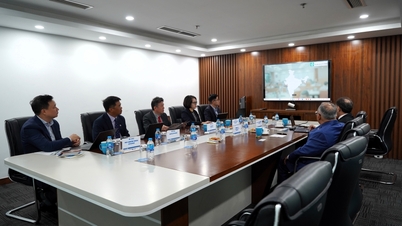
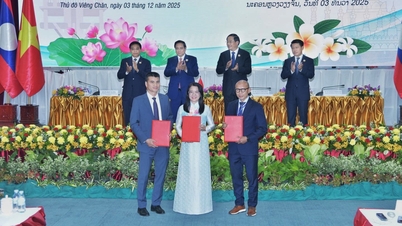













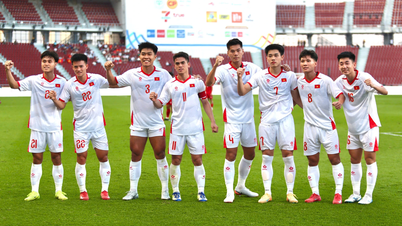












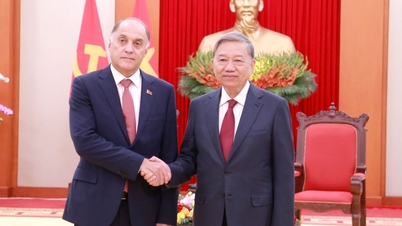
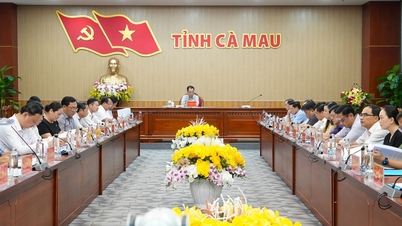

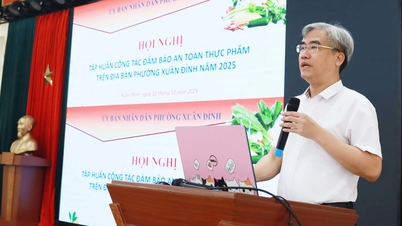




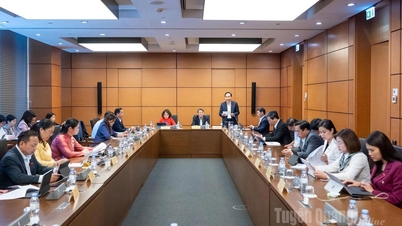









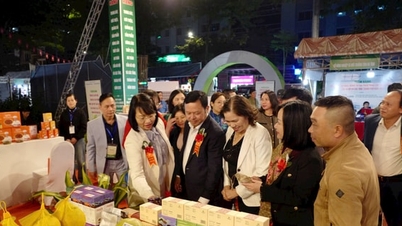

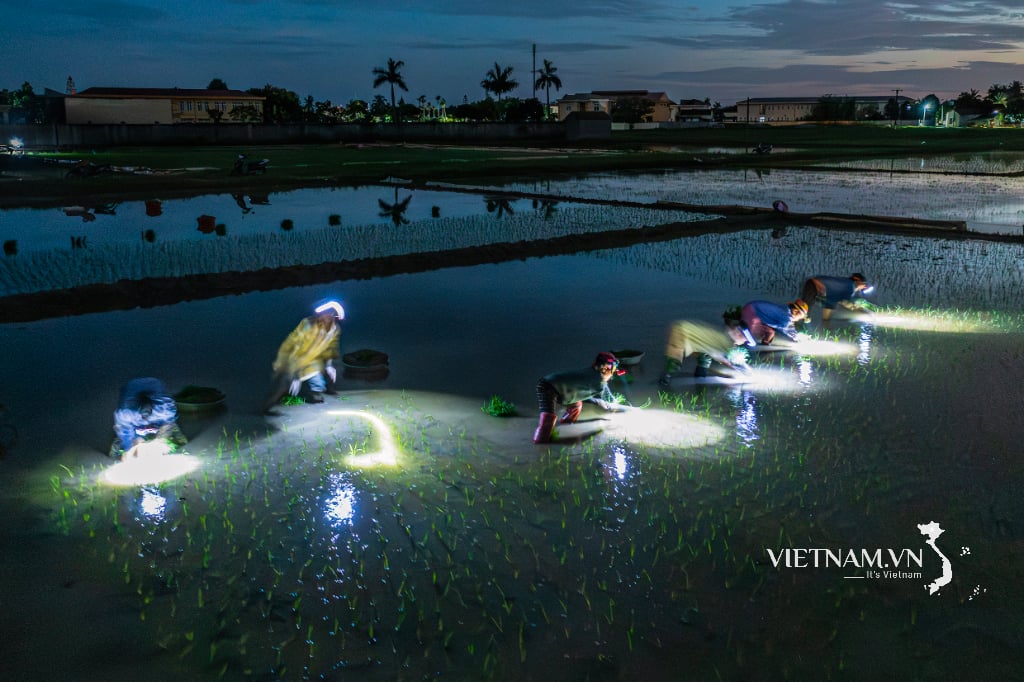



Comment (0)